Happy Birthday to . . . the Product Organization?
In a B2B tech company, aligning sales with your product organization can be tricky. This is partly because of calendars and cadence. The sales team operates on a pretty straightforward calendar: They have four quarters culminating in the all-important, fiscal year-end, at which time sales goals should be met.
The product team, on the other hand, has an entirely different rhythm. There are no year-end quotas for product; innovation tends to happen more episodically, and this can make aligning with the sales team difficult. Here, I’d like to offer a simple framework to think through how to structure your product team’s calendar—and promote innovation—by creating a culminating product event similar to sales’ fiscal year-end.
There are already several popular metaphors for thinking about this concept, as written by David Sacks (rocks, pebbles, sand) and Megan Quinn (ticks, tocks). But this post is written from the perch of a revenue leader and has a slightly different slant.
Happy birthday to me
In my operating experience as a sales leader, I always knew when my business “birthday” was — the last day of the fiscal year. It’s the day that the whole year comes together. On the last day of a fiscal year, your previous quarter performance is a lot less relevant — what is important is how the fiscal year ended. Is our business growing? Is the team executing well in building and converting pipe to customers? Are we hiring enough sellers? Now is the time to take stock, make adjustments, and reset.
The entire company is aware of the sales teams’ birthday. The end of a fiscal year is a special time – people stay late in the office (or on an open Zoom call); you’re ordering food and drinks in; everyone is rallying and available to help. And when I say everyone, that means even people outside sales . . . it’s common to have other functions participate in the last few days of closing.
The headline reel here is that everyone knows the date of the sales team’s birthday. So what about product? When’s their “birthday”?
The next cloud
I’ll share who nails the product-team birthday concept and gets it right: Salesforce. Have you ever been to a Dreamforce conference? Holy smokes, is it big, filled with star-studded speakers, amazing events, and lots of events/breakouts/parties. And it’s all around One. Big. Thing.
The next Cloud.
Every Dreamforce, Marc Benioff stands on stage and announces the next Cloud . . . the Marketing Cloud, the Integration Cloud, the Data Cloud, etc. The keynote takes hours and showcases all the amazing things that the SFDC product and development teams have worked on (or sometimes what they have acquired and integrated into the Salesforce platform) during the previous year.
Five minutes after the keynote is over, the Salesforce sales and account-management teams are meeting with customers and talking about the value the New Cloud can provide.
This is genius.
Innovation focus—or, how to throw a product birthday party
I’ll submit that the birthday for product and development teams is—or should be—a company’s annual user summit, just like Dreamforce. It’s the time to showcase proudly what you’ve been working on for the past 12 months and are excited to show customers. This is the “big bang” that should pump up the customers, excite new prospects, and fire up the sales team.
Don’t get me wrong – I fully expect product teams to continue their quarterly sprints with incremental improvements – features, UI improvements, better speed and scalability. What I am proposing is an additional innovation focus.
The framework that I propose product teams subscribe to is the birthday concept as their innovation focus. Ask as a team: What are we going to stand on stage and announce at our summit? The product team needs to be thinking about a new SKU, a next act, a product B or C. This is the part that SFDC gets so right. In contrast, I’ve seen many companies do the “customer love” summit where they release a bunch of features that customers have been asking for. Certainly that’s helpful, but does such a summit truly demonstrate innovation?
An innovation-focus framework takes a lot of coordination. Product needs to be internally hitting its milestones of delivering the product. Marketing is poised to make the big drop and start the marketing machine. Sales is trained on the new new thing and CS is ready to service and support.
What if your company doesn’t yet have a user summit? What if you’re still at the stages of product-market fit and developing your user base? No problem. More than anything I’m arguing for a framework for thinking about how you plan for innovation. An innovation-focus framework can offer any company at any stage two big benefits. First, it pushes your product org to think in terms of working toward a time-based event and having something exciting to show. Second, you may actually find that putting a date on the calendar manifests itself into your first summit. Especially with remote events taking over, launching a summit is logistically easier than ever.
All functions of the org work off a calendar, such as finance closing the books every quarter. But the end-of-the-year close is more meaningful. Sales closes quarters too, but the fiscal year is the big one. Likewise, product should continually iterate on the product (quarterly), but this org should also have an annual innovation-focus event that shakes the foundation a bit more. The user summit can be your compass.


